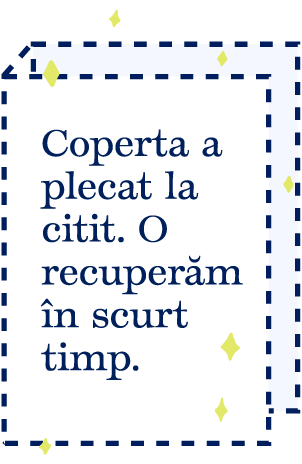Hispanic Sonnets

Hispanic Sonnets
A note on Hispanic sonnets
What is a Hispanic sonnet? It is a 15-line, free-verse poem with a separated last line as its own stanza. Each Hispanic sonnet's second and final stanza-that lonely little manmade island-serves as its volta, or turn, meaning that where the poem ends in idea, tone, or spirit is not necessarily where it begins.
Let it be known, then: a Hispanic sonnet is not really a sonnet.
Shakespeare transformed the 14-line English sonnet. Petrarch perfected the much-older 14-line Italian sonnet. Wanda Coleman dazzled with her rule-busting, 14-line American sonnets, and Terrance Hayes carried her tradition to new heights.
Corpus Christi's first Poet Laureate, Alan Berecka, informed me that writers he'd encountered have penned 15-line sonnets called quince sonnets. Having never attended a quinceañera or a quinceañero, I-a non-Spanish-speaking South Texan-smiled upon learning this grain of poetry's organic history. Quince sonnets seemed to me, naturally, inevitable. The sweetest, tangiest apples and oranges ever within reach.
The poet Iliana Rocha, whom I had the pleasure to read with on a virtual open mic, has authored a beautiful, 18-line (by my count) poem titled "Mexican American Sonnet." Juan Felipe Herrera, former United States Poet Laureate and the first Hispanic appointed to that role, once told me he'd removed commas from a poem after having mastered them.
It is in this shadow, perhaps, that I arrived at the Hispanic sonnet, whose name is the only invention herein I claim. The chasm between two stanzas representing everything and nothing-the worst and best of what we are capable of in community and i
PRP: 105.81 Lei
Acesta este Prețul Recomandat de Producător. Prețul de vânzare al produsului este afișat mai jos.
95.23Lei
95.23Lei
105.81 LeiLivrare in 2-4 saptamani
Descrierea produsului
A note on Hispanic sonnets
What is a Hispanic sonnet? It is a 15-line, free-verse poem with a separated last line as its own stanza. Each Hispanic sonnet's second and final stanza-that lonely little manmade island-serves as its volta, or turn, meaning that where the poem ends in idea, tone, or spirit is not necessarily where it begins.
Let it be known, then: a Hispanic sonnet is not really a sonnet.
Shakespeare transformed the 14-line English sonnet. Petrarch perfected the much-older 14-line Italian sonnet. Wanda Coleman dazzled with her rule-busting, 14-line American sonnets, and Terrance Hayes carried her tradition to new heights.
Corpus Christi's first Poet Laureate, Alan Berecka, informed me that writers he'd encountered have penned 15-line sonnets called quince sonnets. Having never attended a quinceañera or a quinceañero, I-a non-Spanish-speaking South Texan-smiled upon learning this grain of poetry's organic history. Quince sonnets seemed to me, naturally, inevitable. The sweetest, tangiest apples and oranges ever within reach.
The poet Iliana Rocha, whom I had the pleasure to read with on a virtual open mic, has authored a beautiful, 18-line (by my count) poem titled "Mexican American Sonnet." Juan Felipe Herrera, former United States Poet Laureate and the first Hispanic appointed to that role, once told me he'd removed commas from a poem after having mastered them.
It is in this shadow, perhaps, that I arrived at the Hispanic sonnet, whose name is the only invention herein I claim. The chasm between two stanzas representing everything and nothing-the worst and best of what we are capable of in community and i
Detaliile produsului










